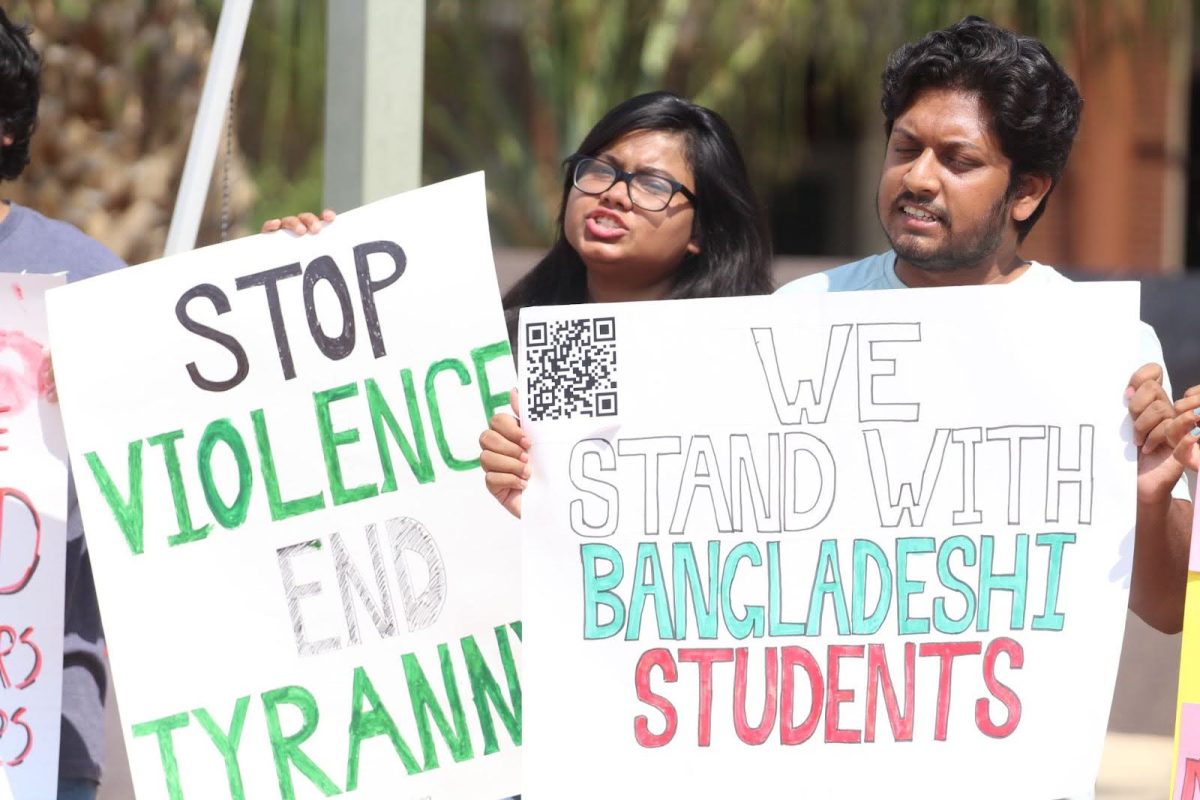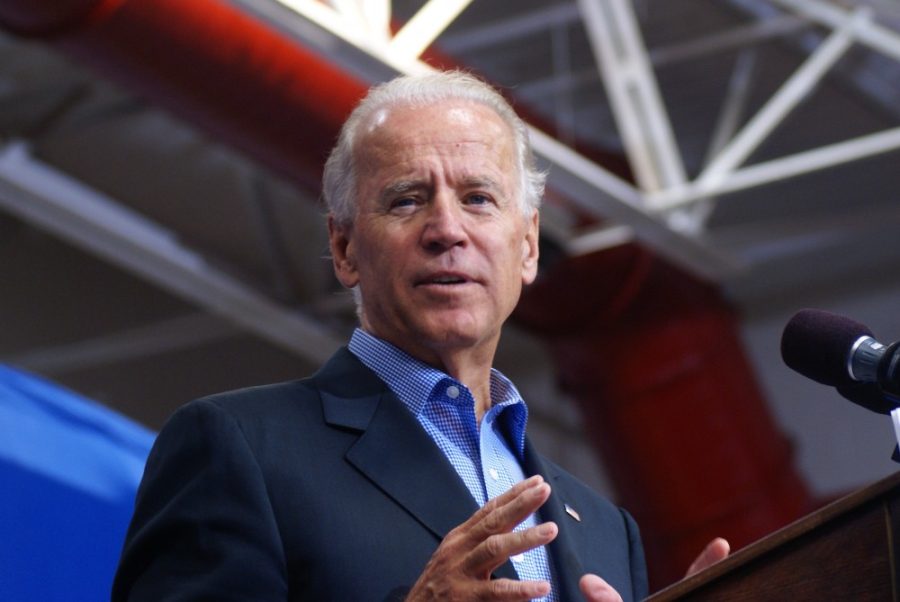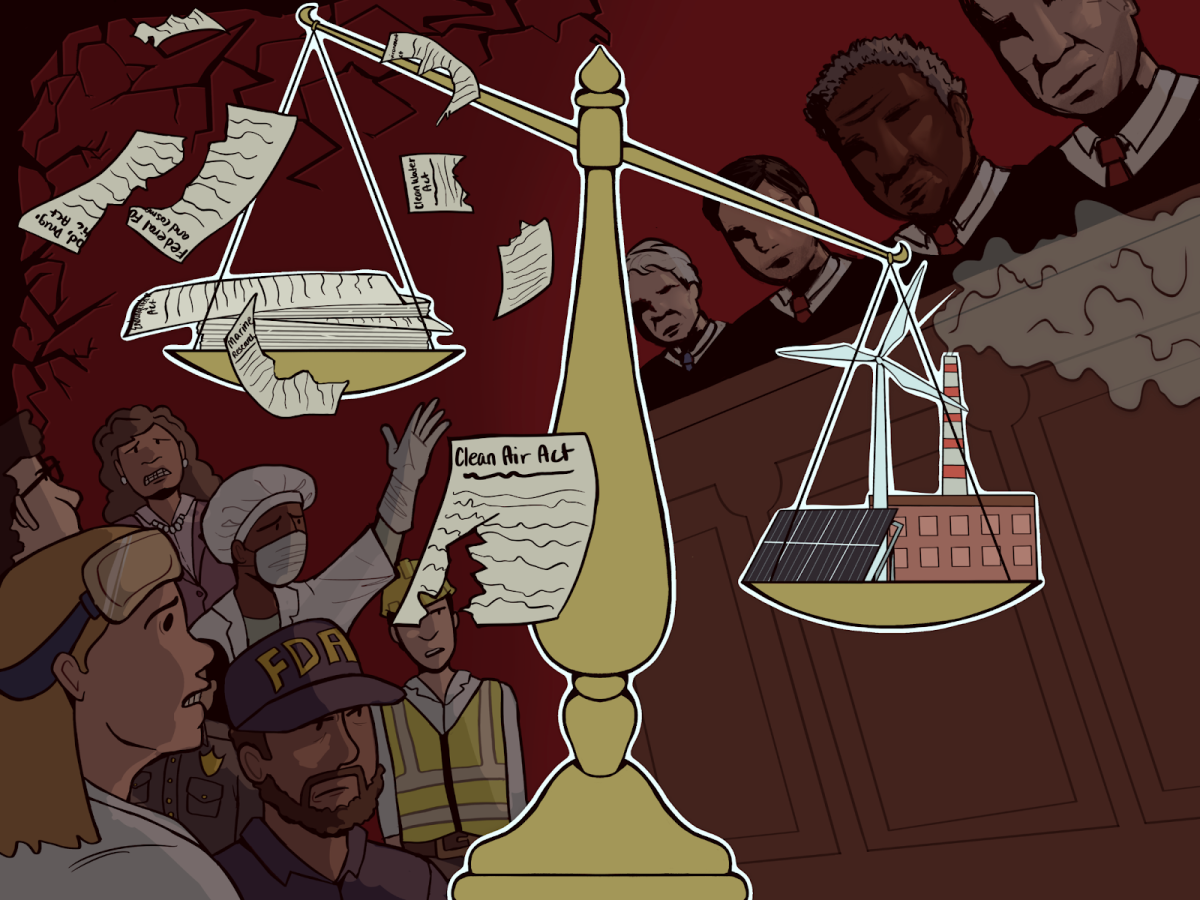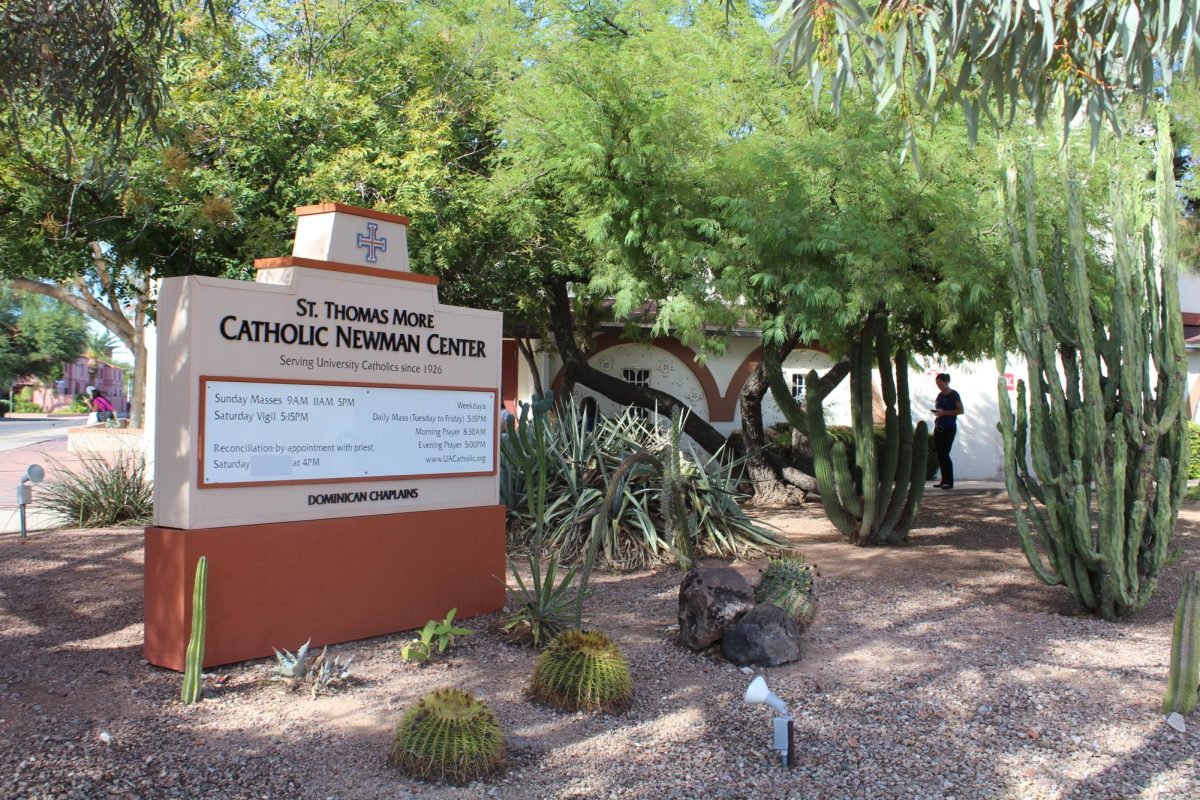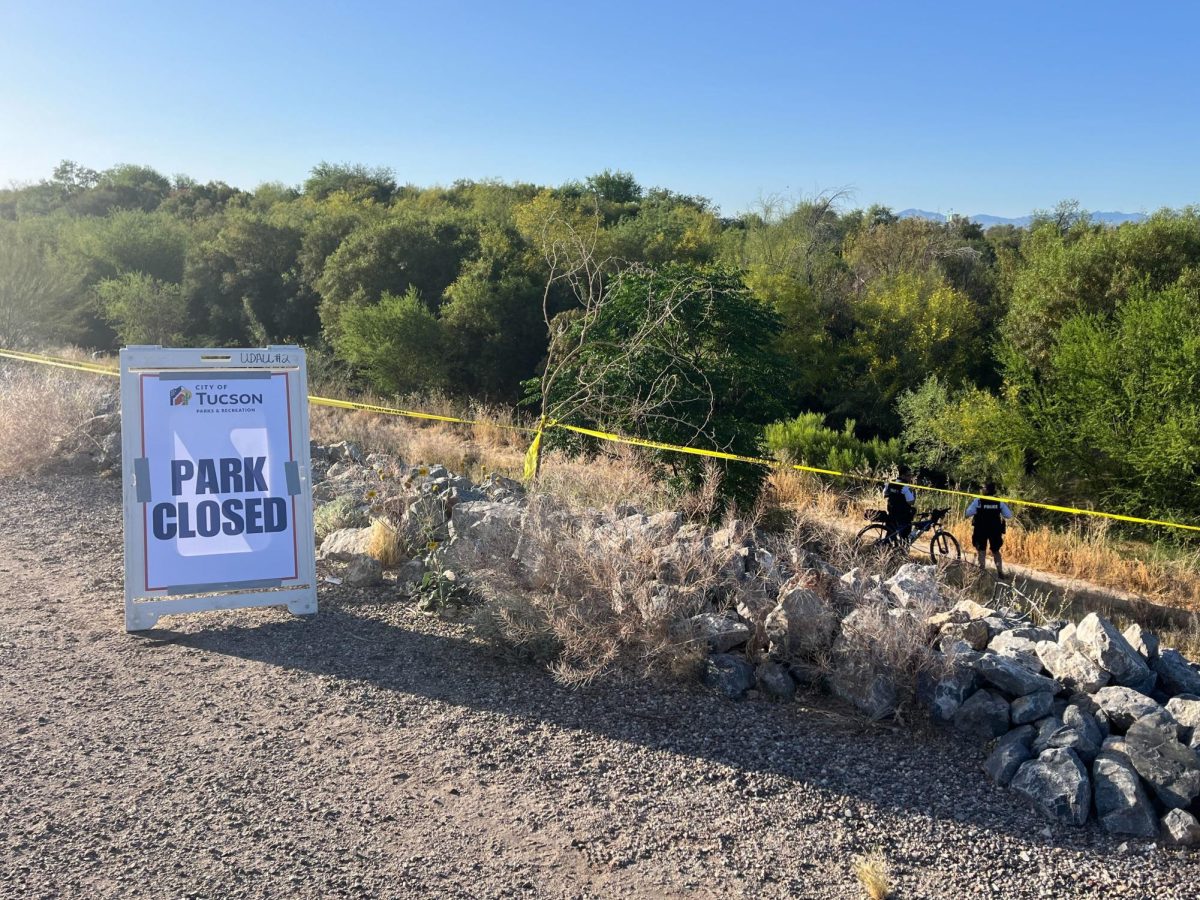MEXICO CITY — Mexico’s largest crime group, Los Zetas, appears to be splintering into two rival factions locked in occasional open warfare with each other, experts say.
The factions are tussling for control of the central states of Zacatecas and San Luis Potosi and are battling each other in parts of the Yucatan Peninsula.
What sparked the rift is unclear, but signs of the apparent split have come in public banners left at crime scenes, replete with accusations of betrayal and treason between factions led by the two top leaders, Heriberto Lazcano and Miguel Angel Trevino.
“We’re looking at a turning point for them,” said Samuel Logan, a security analyst who co-authored a book on the Zetas that was released earlier this year. “We’re at the beginning of the public stage of the split, but it’s been developing for a while.”
A fracturing of Los Zetas could force a violent realignment of Mexico’s drug-trafficking gangs and would probably create challenges for President-elect Enrique Pena Nieto, who promised to bring down soaring homicides after his inauguration Dec. 1.
One of the latest signs of turmoil came Aug. 9, when authorities found a Mercedes-Benz truck bearing 14 bodies on the outskirts of the city of San Luis Potosi, a mining and industrial hub that’s the capital of the state of the same name. Afterward, state Attorney General Miguel Garcia Covarrubias said a man who’d feigned death and survived the massacre told authorities that groups of Zetas were battling each other.
“It seems this is a dispute within Los Zetas, a rivalry among themselves,” Garcia Covarrubias told Mexico City’s W Radio network.
The members of Los Zetas, a band formed by military deserters, worked as enforcers for the Gulf Cartel in northeast Mexico until a violent schism in 2010. Since then, the Zetas have branched beyond drug trafficking to extortion, human smuggling, kidnapping and piracy of goods.
Known for extreme brutality, the group is thought to be active in at least half of Mexico’s 31 states and Mexico City, as well as throughout Central America.
“The Zetas have expanded rapidly in recent years, and they might have hit a wall,” said Alejandro Hope, a former official in the national intelligence agency CISEN.
He cautioned that reports of a rift within the Zetas could be part of a government “psy ops” campaign to inject paranoia into the gang. As to the extent of a split, “we don’t really know yet.”
Initial reports of a rift emerged in early June, then surged with the arrest June 12 of Trevino’s brother, Jose, at a horse-breeding ranch in Oklahoma, inflaming mistrust and questions that someone within the gang had led U.S. agents to the ranch.
“It might have launched a chain reaction of suspicions within Los Zetas,” Hope said.
In early August, cloth banners appeared along highways in the states of Veracruz, Coahuila and Tamaulipas denying that a Zetas split had occurred.
But within days, new signs of infighting emerged in the states of Campeche, Tabasco and Quintana Roo, all in Mexico’s southeast. On Aug. 9, security agents arrested Jorge Luis Martinez Rodriguez, known as “El Taz,” in Campeche, linked to one faction of Los Zetas. The next day, police in Quintana Roo arrested an alleged midlevel henchman of Trevino’s, and said another Zetas faction had ratted him out.
Other crime groups are taking note — and sides — in the dispute.
The Knights Templar, a longtime enemy of Los Zetas with a strong presence in Michoacan state, hung banners across the state Friday belittling Trevino as a “terrorist” and a “military objective” of their group.
Heavy violence linked to Los Zetas has sprung up in central Mexico, leading President Felipe Calderon last week to order the deployment of some 15,000 additional federal police and soldiers to the states of Michoacan, Nuevo Leon, Guanajuato, Zacatecas, San Luis Potosi, Coahuila and Tamaulipas.
Analysts said a splintering of Los Zetas could lead to an uptick in violence as lower-level gangsters sought to snatch turf, smuggling corridors and crime activity.
“When organized-crime groups divide, these divisions are often very violent,” said Jorge Chabat, a security expert at the Center for Research and Teaching in Economics, a Mexico City research center.
Added Logan, the Zetas expert: “When you have the big dogs fighting, it leaves room for the smaller dogs to pick up the pieces and get stronger.”
Any weakening or division of Los Zetas would leave the Sinaloa Cartel, under kingpin Joaquin “El Chapo” Guzman, the strongest crime group in Mexico. The U.S. Treasury Department in January labeled Guzman “the world’s most powerful drug trafficker.” His group is based in the Pacific Coast state of the same name but it has tentacles around the world.
Nearly a dozen other crime groups occupy smaller niches in the nation’s criminal hierarchy.



